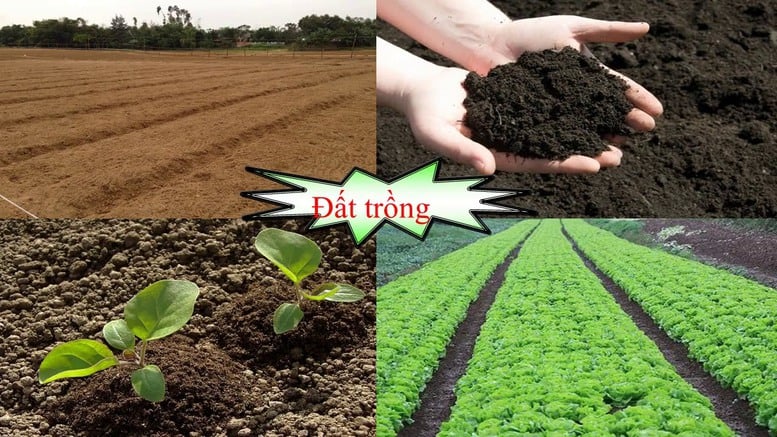
Micro and trace elements play a very important role in helping to balance nutrition and improve the quality of agricultural products - Illustration photo
Mr. Vu Nang Dung, Chairman of the Vietnam Soil Science Association, emphasized: Rice is the main crop of Vietnam's agricultural sector, associated with the livelihoods of more than 60% of the rural population. In 2023, the rice growing area will account for 33.7% of the total cultivated land area, contributing to ensuring food security and enhancing Vietnam's rice export position in the international market.
However, according to Mr. Dung, after many years of intensive farming and excessive use of fertilizers and pesticides, rice land in many places has been degraded, reduced in fertility and changed in microflora. Along with the impact of climate change - saltwater intrusion, drought, floods - many areas of land have been compacted, reduced in porosity, reduced in organic matter, directly affecting the yield and quality of rice grains.
“Soil health restoration should be considered an urgent task, not only to ensure sustainable production but also to contribute to protecting human health,” Mr. Dung affirmed.
Mr. Tran Minh Tien, Deputy Director of the Vietnam Academy of Agricultural Sciences , said that to improve soil health, it is necessary to build a national rice soil database and a set of criteria for assessing soil health. On that basis, scientists can identify the weaknesses of each type of soil and propose appropriate "fertilization regimens". In addition, it is necessary to innovate farming methods and use fertilizers appropriately based on the actual needs of crops and the characteristics of each land area.
Mr. Tien emphasized that one of the effective measures is to reuse agricultural by-products to supplement nutrients for the soil, while balancing organic and inorganic fertilizers, prioritizing products that reduce emissions.
Experts also pointed out that farmers still use NPK fertilizer according to a general formula, without taking into account the differences in soil conditions in each region. Meanwhile, medium and trace elements play a very important role in helping to balance nutrition and improve the quality of agricultural products.
Referring to the Project on sustainable development of 1 million hectares of high-quality and low-emission rice cultivation in the Mekong Delta by 2030, Mr. Tien said that this is a strategic program, aiming at dual goals: improving production efficiency and protecting the environment. He also suggested that there should be a long-term national policy in protecting agricultural land resources, especially rice land - a resource that "will never return" if its purpose of use is changed.
Mr. Vo Quang Minh, Vietnam Soil Science Association, said that the Mekong Delta currently has 9 main soil groups with 55 different soil types, but many areas are severely degraded. To protect soil resources, it is necessary to synchronously implement economic , social and environmental solutions: restructuring the rice industry, reducing monoculture areas, developing intercropping - polyculture models, applying science and technology and smart agriculture.
Experts agree that restoring soil health is the foundation for green, low-emission agriculture. Vietnam needs to soon build a national soil database, issue a set of criteria for rice soil health, promote research on climate-adaptive fertilizers, and raise public awareness of the role of healthy soil in ensuring food security and sustainable development.
Do Huong
Source: https://baochinhphu.vn/can-som-ban-hanh-bo-tieu-chi-suc-khoe-dat-lua-102251029185800422.htm


![[Photo] Human love in the flood in Hue](https://vphoto.vietnam.vn/thumb/1200x675/vietnam/resource/IMAGE/2025/10/29/1761740905727_4125427122470875256-2-jpg.webp)

![[Photo] Prime Minister Pham Minh Chinh chaired a meeting to evaluate the operation of the two-level local government model.](https://vphoto.vietnam.vn/thumb/1200x675/vietnam/resource/IMAGE/2025/10/29/1761751710674_dsc-7999-jpg.webp)
![[Photo] Prime Minister Pham Minh Chinh chaired a meeting to discuss solutions to overcome the consequences of floods in the central provinces.](https://vphoto.vietnam.vn/thumb/1200x675/vietnam/resource/IMAGE/2025/10/29/1761716305524_dsc-7735-jpg.webp)
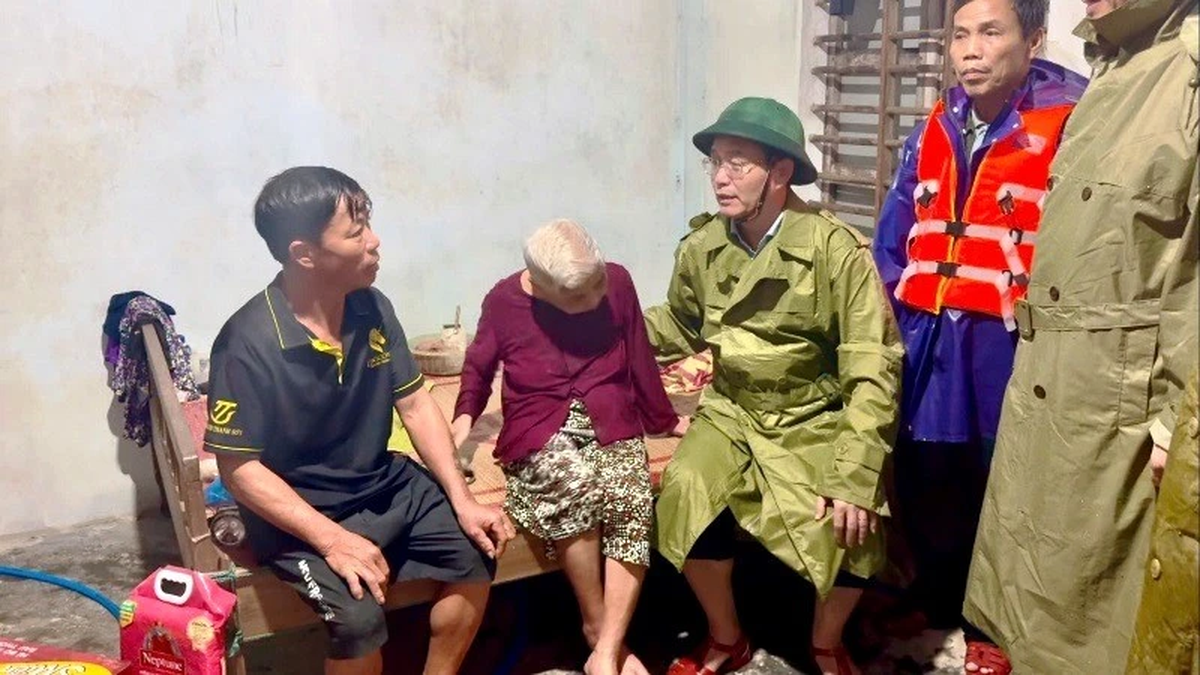
![[Photo] Hue: Inside the kitchen that donates thousands of meals a day to people in flooded areas](https://vphoto.vietnam.vn/thumb/1200x675/vietnam/resource/IMAGE/2025/10/29/1761738508516_bepcomhue-jpg.webp)
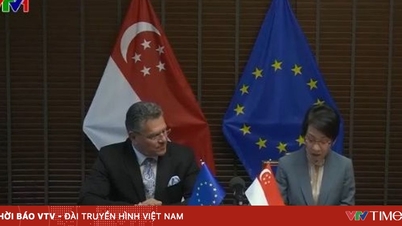

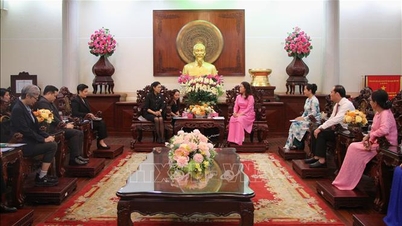

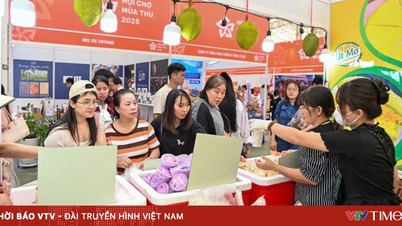
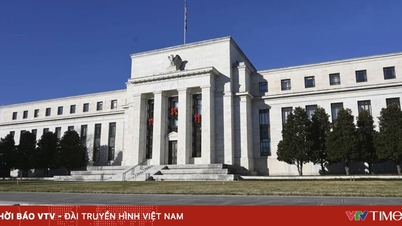
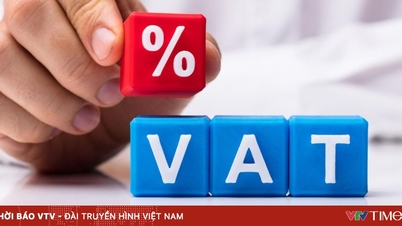





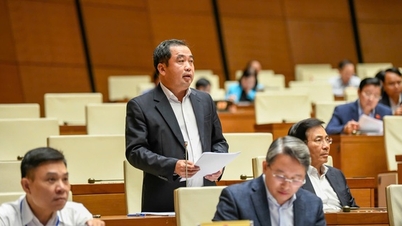
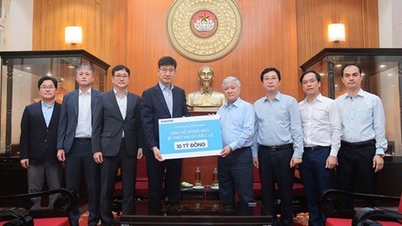
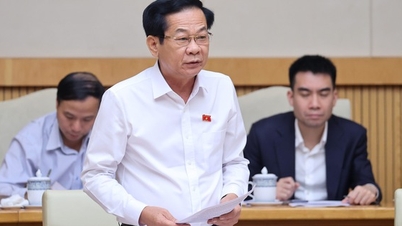
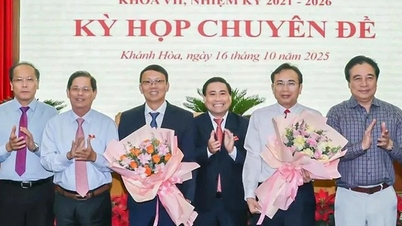
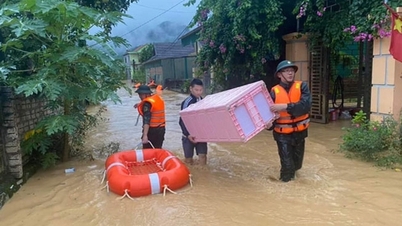
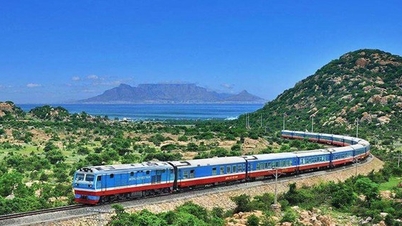



































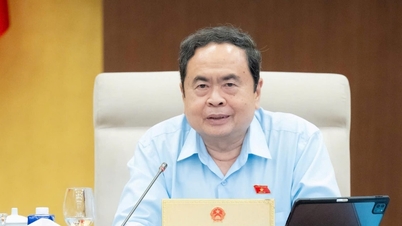

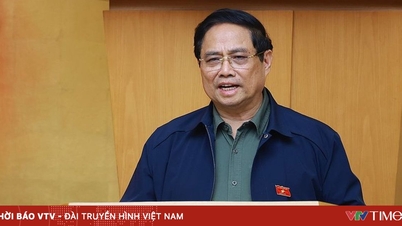
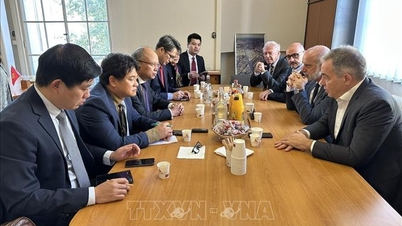





![[Live] Concert Ha Long 2025: "Heritage Spirit - Brightening the Future"](https://vphoto.vietnam.vn/thumb/402x226/vietnam/resource/IMAGE/2025/10/29/1761743605124_g-anh-sang-am-thanh-hoanh-trang-cua-chuong-trinh-mang-den-trai-nghiem-dang-nho-cho-du-khach-22450328-17617424836781829598445-93-0-733-1024-crop-1761742492749383512980.jpeg)
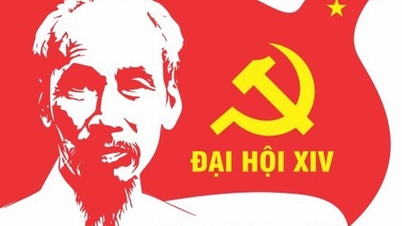
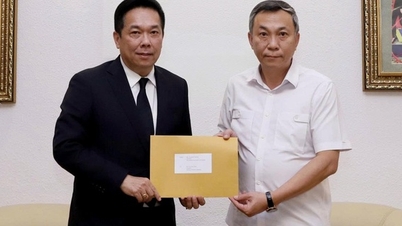

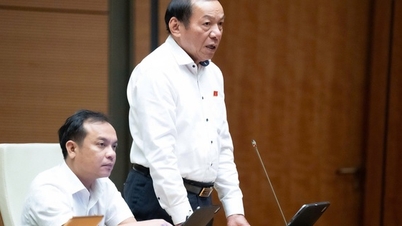
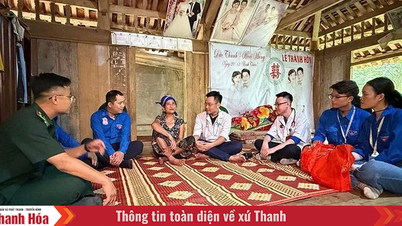

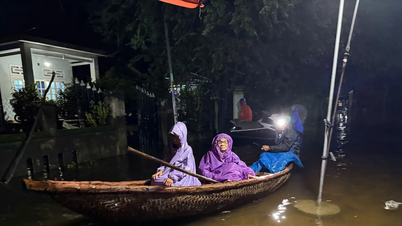





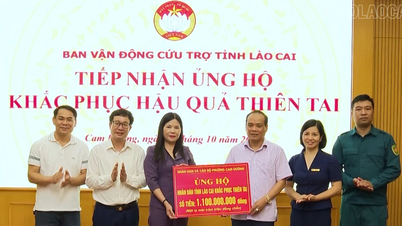

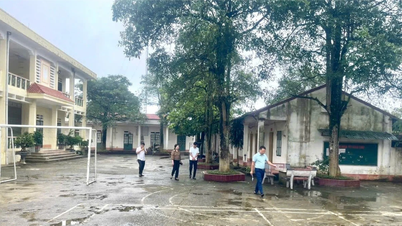














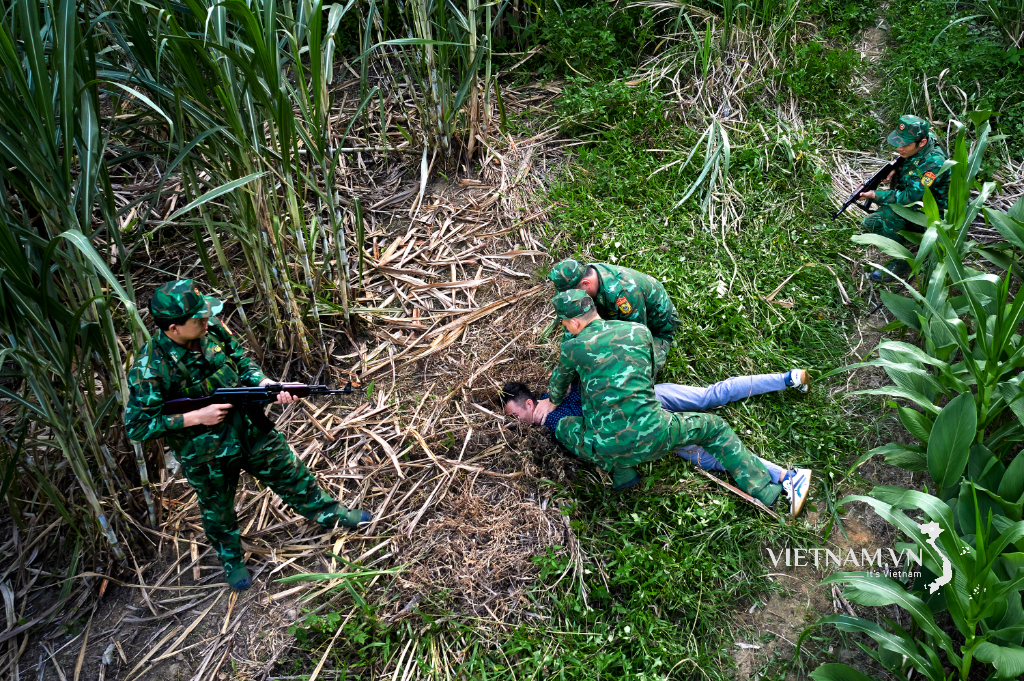
Comment (0)